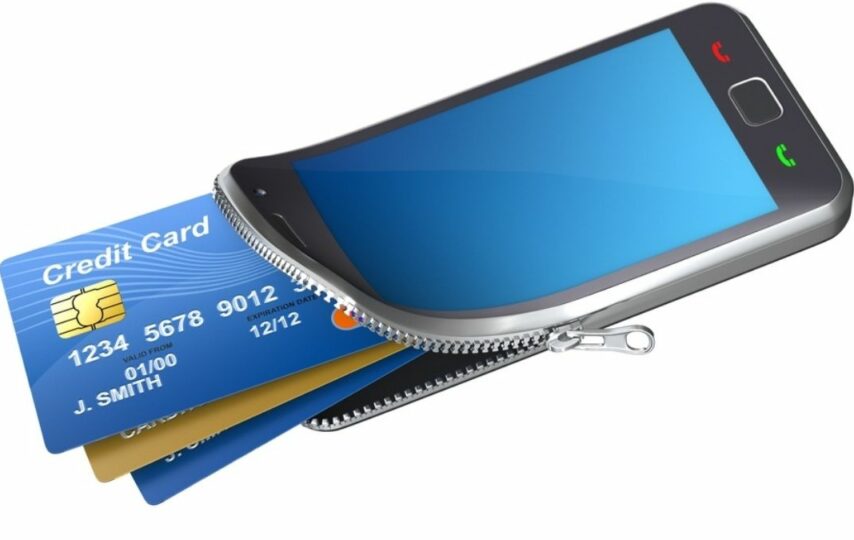Selling and purchasing with a digital wallet is a growing trend in the U.S. as it offers consumers convenience and security. But there are some questions to consider when using a digital wallet. For example, should you charge a fee for transactions? And how do Millennials and Gen Z feel about using digital wallets? Also read about Cryptic Travel Crypto.
Convenience
A digital wallet is a convenient way to simplify the process of making payments. It allows users to make contactless payments by waving their device at a reader or making online purchases by simply clicking a button. Digital wallets have many benefits, including making splitting a restaurant bill or sending money to a friend or family member easy. They also offer secure and fast payment processing for small businesses. Users can add up their funds, set up automatic bill payments and schedule utility payments, and track their spending. These benefits make budgeting and financial management easy.
Many merchants are adopting digital wallets as an easier way to make purchases. They can also store payment records, which gives them insights into their consumers’ consumption habits and value-added services. This convenience leads to greater consumer loyalty and lower churn. Digital wallets also allow for personalised marketing and discount vouchers.
Security
Digital wallets provide security and convenience to people who want to sell and purchase goods and services. The data transmitted during transactions is encrypted and private. Only authorized users can access the wallet. Additionally, a digital wallet is device independent. This means authorized users can access it on any computer or device. This makes digital wallets a convenient alternative to credit or cash cards.
Digital wallets use authentication, monitoring, and encryption to keep user data secure. They are also considered more secure than traditional online banking. Modern mobile operating systems isolate individual apps from malicious software, making them less vulnerable to unauthorized access. Furthermore, multi-factor authentication and two-factor authentication are available for additional security. Users should also avoid using public Wi-Fi when using their digital wallets.
Transaction fees
When it comes to using and trading cryptocurrency, you should understand that there are transaction fees that you should be aware of. Some of these fees are flat while others are higher and you should be aware of them. In general, these fees are lower than the cost of using a credit card.
The size of these fees will depend on the size of the transaction. For example, if you are selling or buying $1 million, a $60 transaction fee will be negligible. However, if you are buying a $3 coffee, a fee of $60 will be out of place. Transaction fees are also affected by the amount of traffic on the network. The more transactions, the higher the fees. Nevertheless, these fees will be more manageable if you can time your activity when the network is not busy.
As the price of cryptocurrencies fluctuates and market conditions change rapidly, it is necessary to understand how to calculate these fees. While the fees for different cryptocurrencies are usually similar, you can expect different fees depending on which network you use. For example, if you are using Bitcoin, you will pay a transaction fee of 0.00002 BTC, which equals about $0.80. For other cryptocurrencies, the fee may vary, so it is important to research the fees before you make a purchase or sale.
Gen Z & Millennials
Millennials and Gen Z are increasingly turning to digital wallets to make payments and purchases. However, 30% of Gen Z consumers say they never use digital wallets. According to Javelin Strategies, 51% of Gen Z members do not plan to apply for a credit card, and 18% prefer cash.
Millennials and Gen Z are adopting the technology to make payments easier and more convenient. By 2020, nearly half of Gen Zers will use contactless payments in stores. This trend is expected to increase as more merchants embrace contactless payments. During the fourth quarter of 2018, sales and spending using digital wallets grew 114% and 38%, respectively. Millennials and Gen Z are more price-conscious, research-driven and on the go consumers. Businesses that cannot meet their needs with a digital wallet will be ignored by this generation.
Generation Z values experience over chance. Before visiting a restaurant, they might search for photos or videos online to get a feel for the ambiance and find out if the restaurant offers special deals. They may also use social media to learn about the price of a particular dish.
Options
One of the most popular digital wallets is PayPal, which has set the standard for digital payments. The company has faced criticism for its fees and other issues, but has worked to provide options for customers. The cost of sending and receiving money via PayPal is typically 2.9 percent plus 30 cents, which is comparable to credit card companies’ rates. The company is able to charge this fee because it incurs no credit or float and fewer hardware costs. Customers, however, may prefer the flexibility of wire transfers, which often have less transaction fees. Read more on Technaldo.








